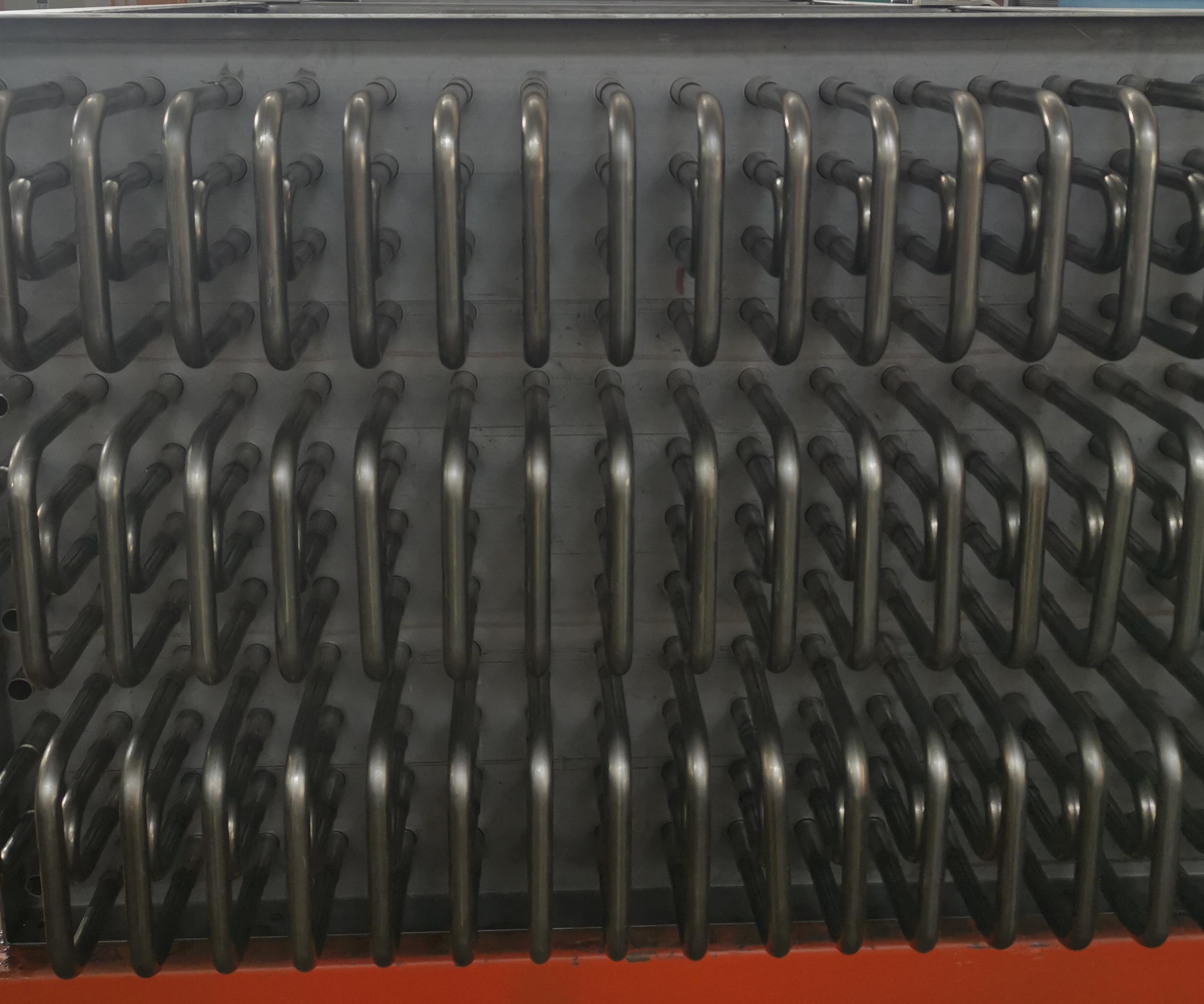How Finned Tubes Are Revolutionizing Heat Transfer: Real-World Impact & Data
Finned tubes are no longer a niche engineering solution—they’re a game-changer for industries battling heat management challenges. From electric vehicle battery cooling to data center HVAC systems, these components deliver unmatched efficiency. Here’s how they work, why they matter, and what the data says.
Breaking Down the Basics: What Makes Finned Tubes Unique?
Traditional heat exchangers struggle with limited surface area. Finned tubes solve this by adding 3D geometries to plain tubes, creating up to 80% more contact area for heat dissipation.
Key Design Innovations Driving Adoption:
-
Material Hybrids: Aluminum fins on copper tubes reduce weight while maintaining conductivity (common in EV cooling).
-
Asymmetric Fin Patterns: Denser fins on high-heat zones (e.g., power plant condensers).
-
Laser-Welded Joints: Eliminate thermal resistance gaps, critical for aerospace applications.
Real-World Case Study: Data Center Cooling Overhaul
Company: VerdeCloud Solutions (Texas, USA)
Challenge: Cooling 10MW server farm with 35% energy spent on HVAC.
Solution: Replaced legacy copper coils with aluminum finned tubes featuring staggered fin arrays.
| Metric | Before (Smooth Tubes) | After (Finned Tubes) | Improvement |
|---|---|---|---|
| Energy Consumption | 3.5 MW/day | 2.4 MW/day | -31% |
| Cooling Capacity | 8.2 kW/rack | 12.1 kW/rack | +47% |
| Maintenance Costs | $18k/month | $9k/month | -50% |
Source: VerdeCloud 2023 Sustainability Report
Why This Worked:
-
Surface Area Optimization: 62% more fins in airflow paths.
-
Material Synergy: Aluminum’s corrosion resistance reduced downtime.
-
Modular Design: Retrofitted into existing chillers without structural changes.
Performance Showdown: Industry-Specific Solutions
Different sectors demand tailored finned tube configurations. Here’s how they stack up:
| Industry | Fin Type | Heat Transfer Gain | Pressure Drop Penalty | Best Use Case |
|---|---|---|---|---|
| Automotive | Helical fins | +40% | +18% | EV battery cooling |
| Chemical Plants | Extruded fins | +55% | +22% | Acid vapor condensation |
| HVAC | Low-profile | +30% | +9% | High-rise air handling units |
Data compiled from ASHRAE 2022 benchmarks
The Hidden Cost-Saver: 3D-Printed Fins
Aerospace leader SkyJet Technologies slashed prototyping costs by 70% using 3D-printed titanium fins. Their variable-density design achieved:
-
22% weight reduction vs. machined fins.
-
Adaptive cooling for hypersonic engine test rigs.
Future Trends: What’s Next for Finned Tech?
-
Phase-Change Fins: MIT’s 2023 prototype uses paraffin wax cores to absorb 3x more heat during melting.
-
AI-Optimized Shapes: Algorithms generate fractal fin patterns (see NVIDIA’s data center trials).
-
Self-Healing Coatings: Graphene layers repair microcracks, extending lifespan in corrosive environments.
Practical Guide: Selecting Finned Tubes for Your Project
-
Identify Thermal Peaks: Use infrared mapping to pinpoint high-heat zones.
-
Match Materials: Pair stainless steel tubes with nickel fins for marine environments.
-
Test Iteratively: Start with 10% fin density increase—monitor pressure drop.
Efficiency Gains You Can’t Ignore
From cutting data center energy bills by six figures to enabling lighter EVs, finned tubes prove that small geometric tweaks yield massive ROI. As additive manufacturing and AI reshape design possibilities, these components will become the backbone of sustainable thermal management.
Need a Custom Solution?
Need a custom solution? Visit https://www.lordfintube.com/contactus.html for free system design tools.)

